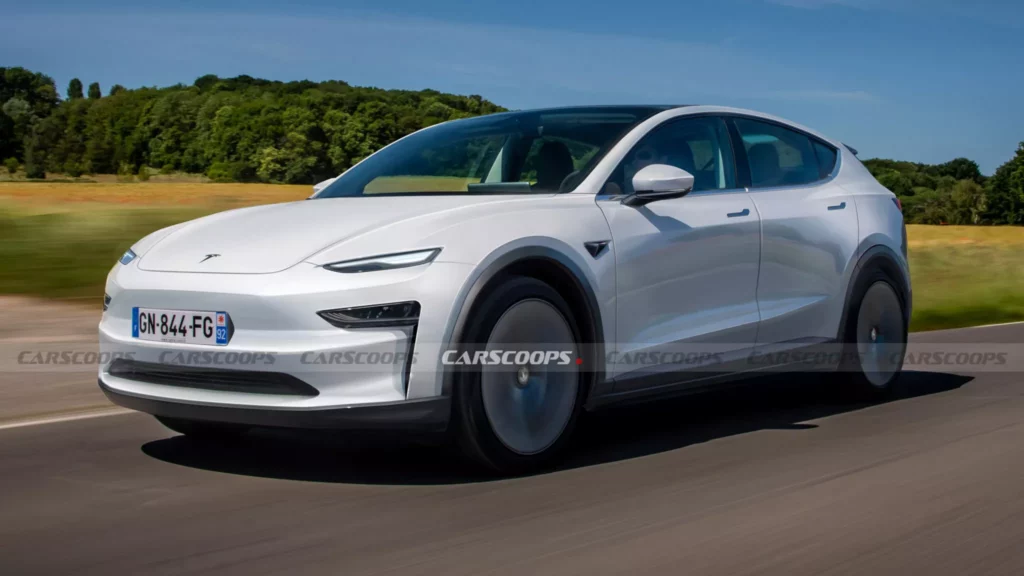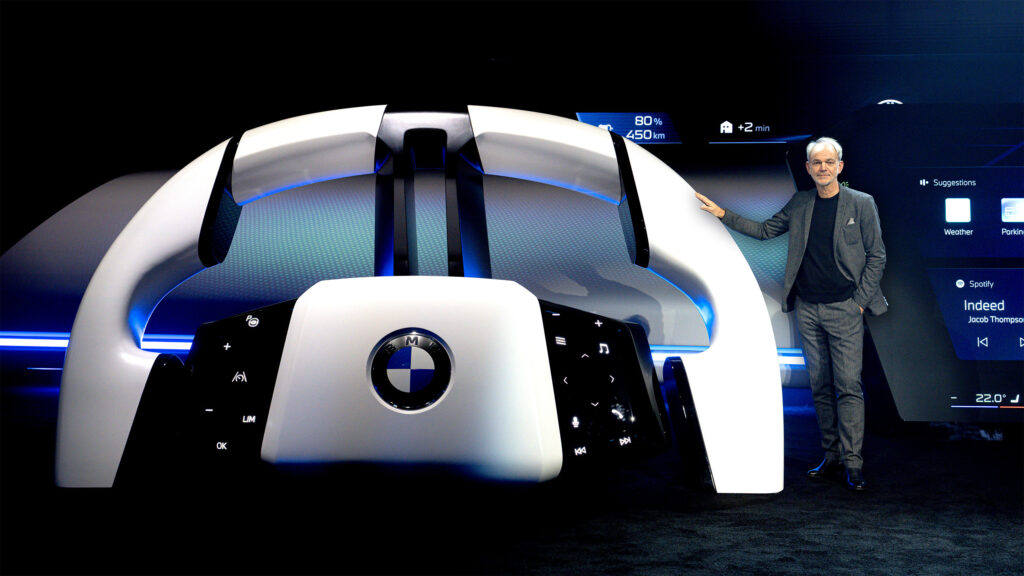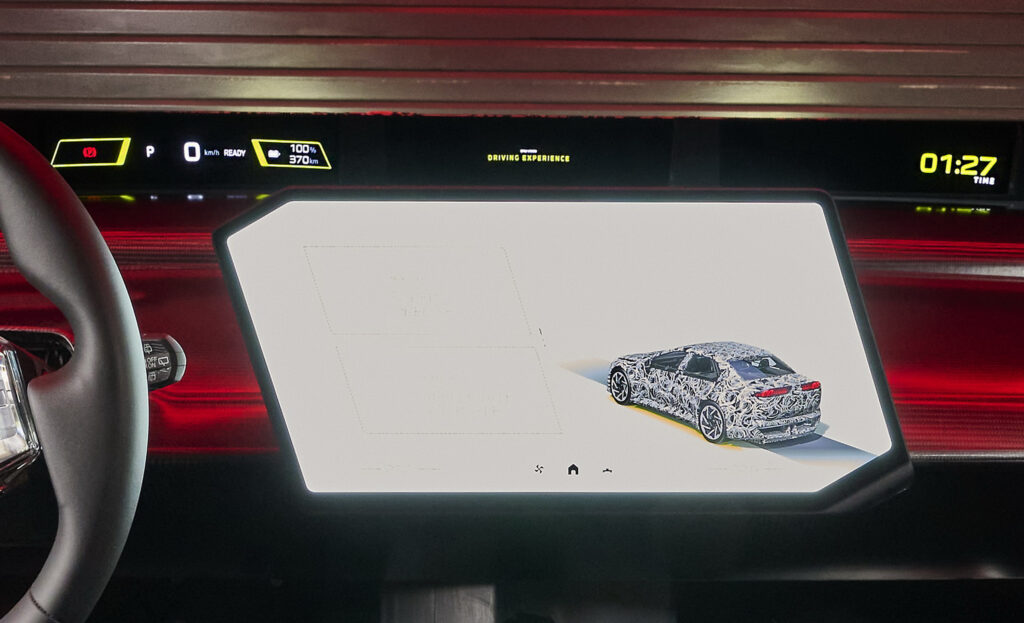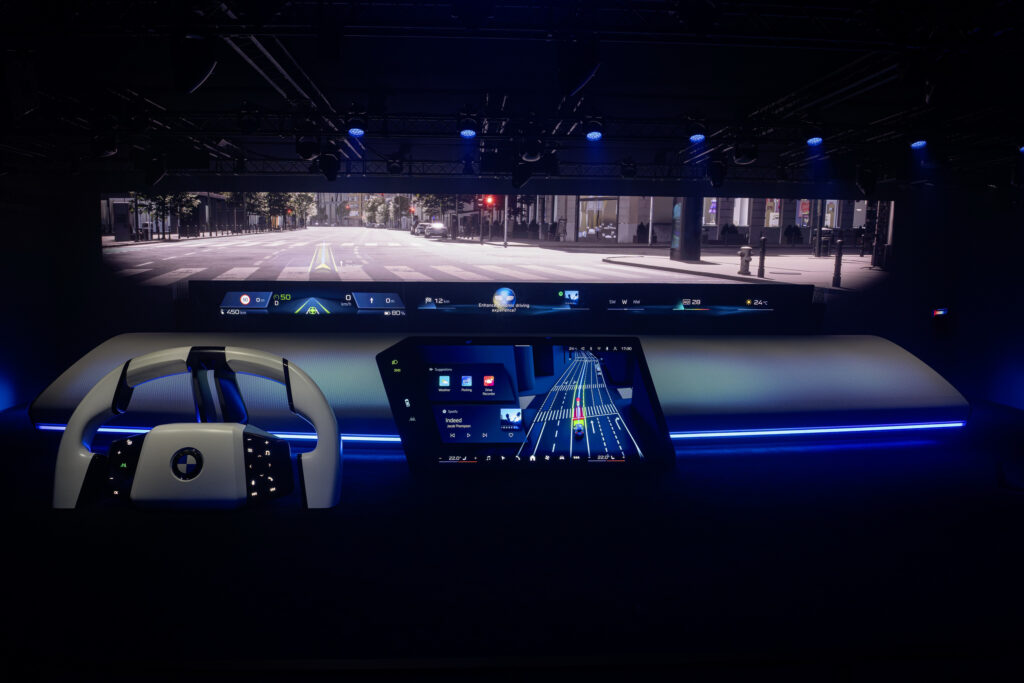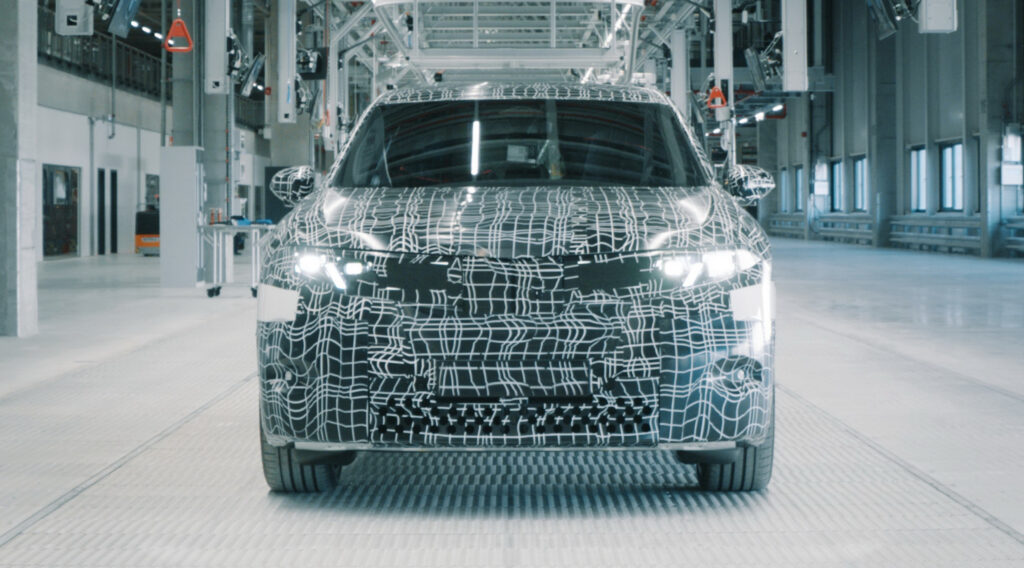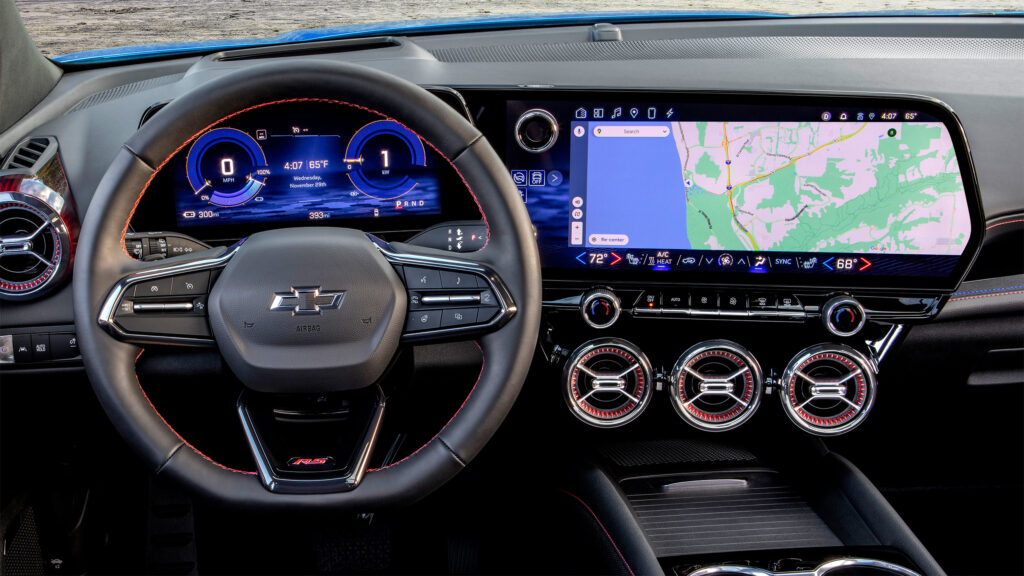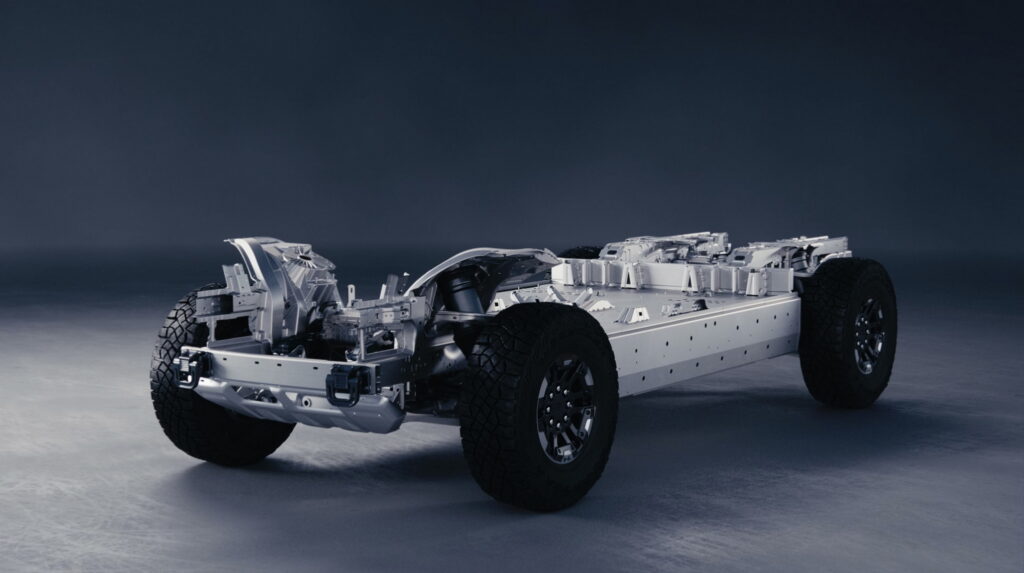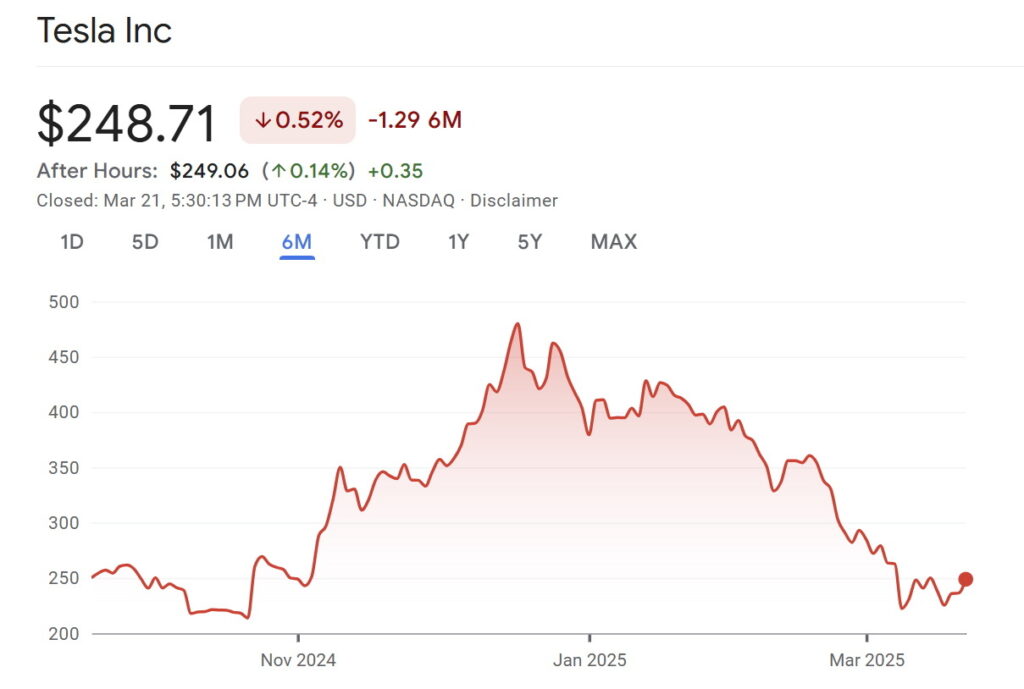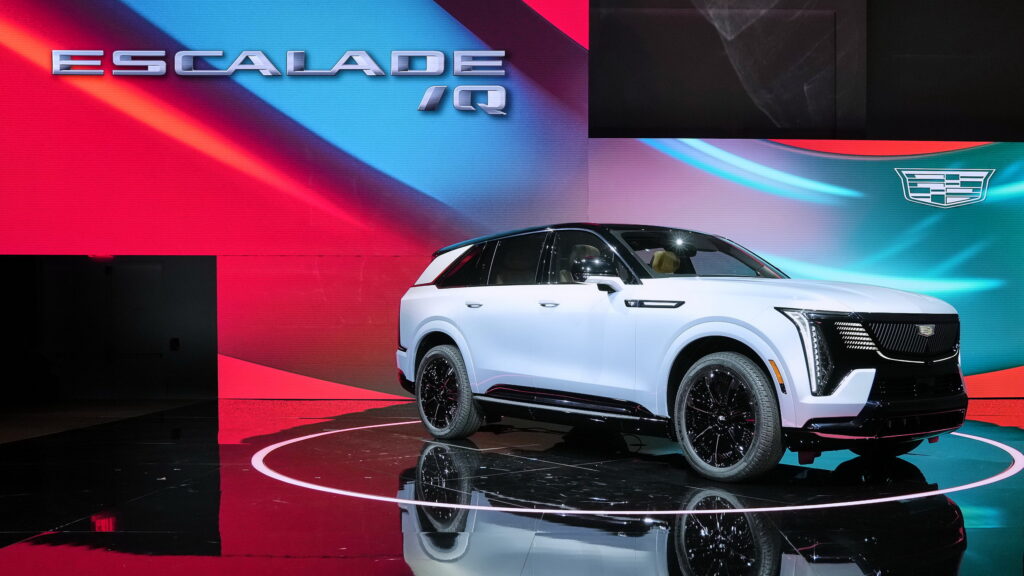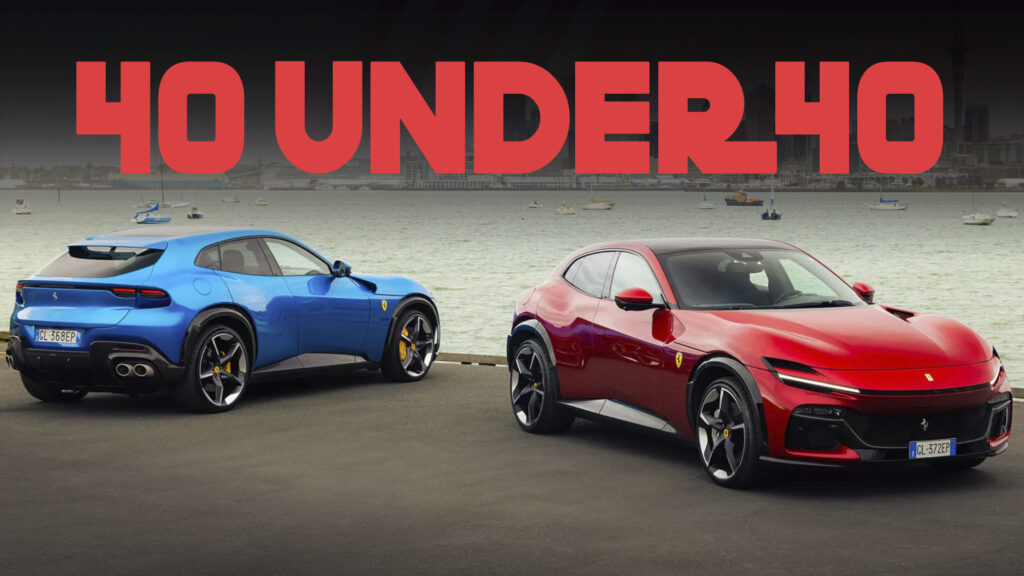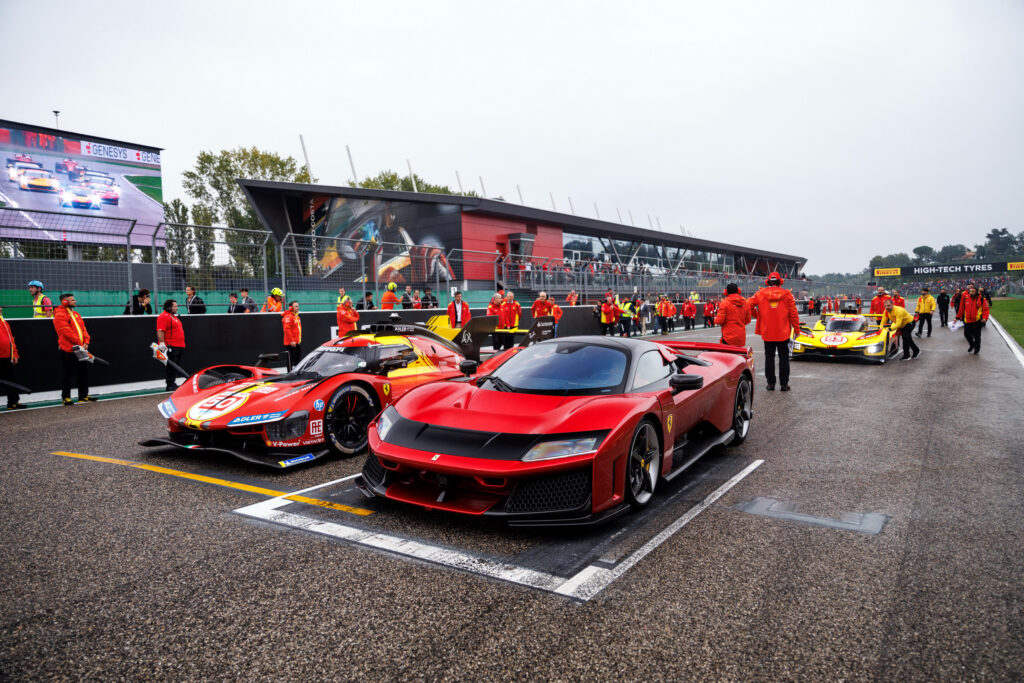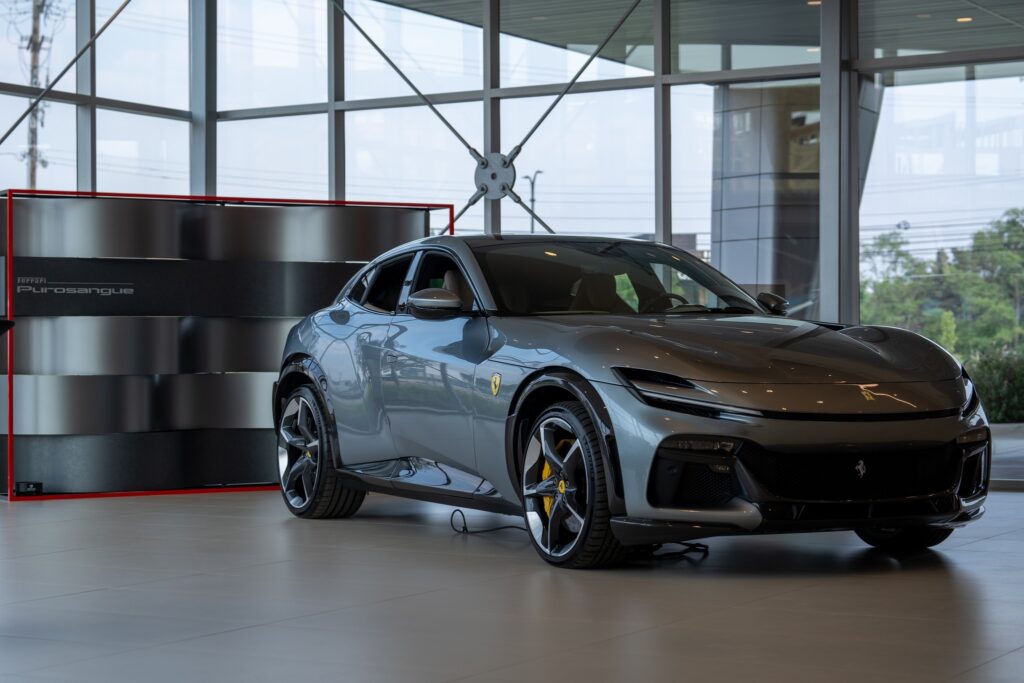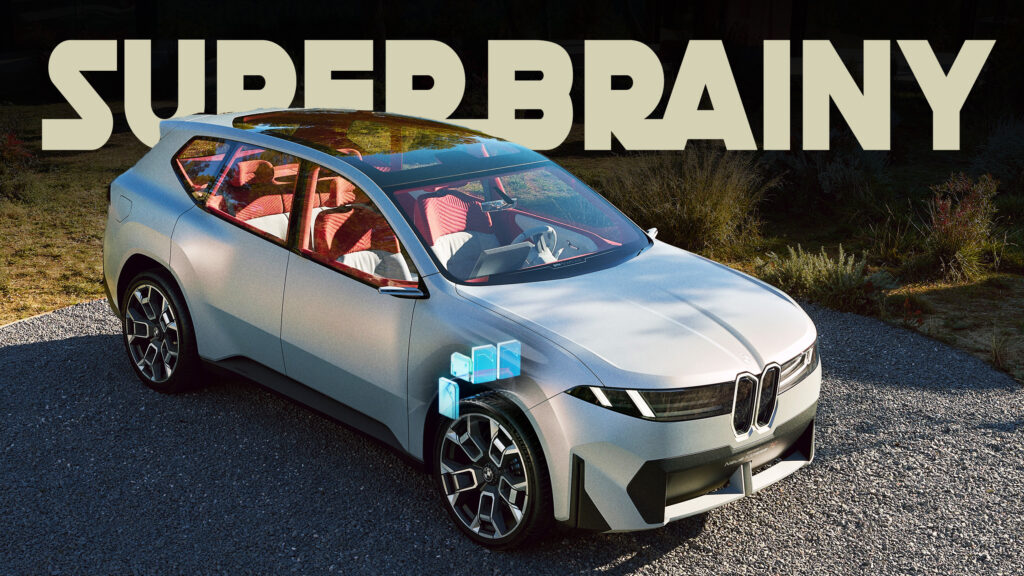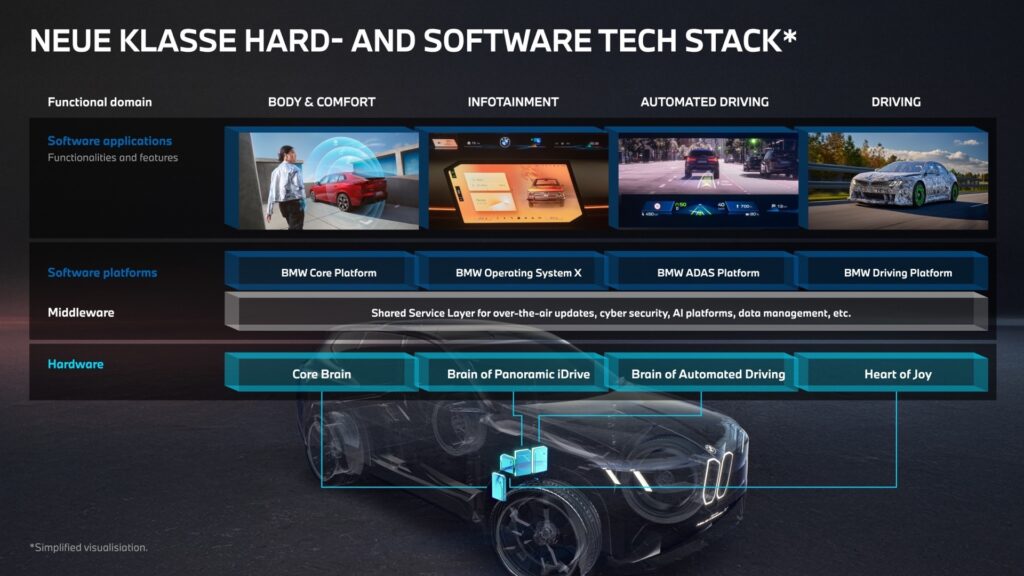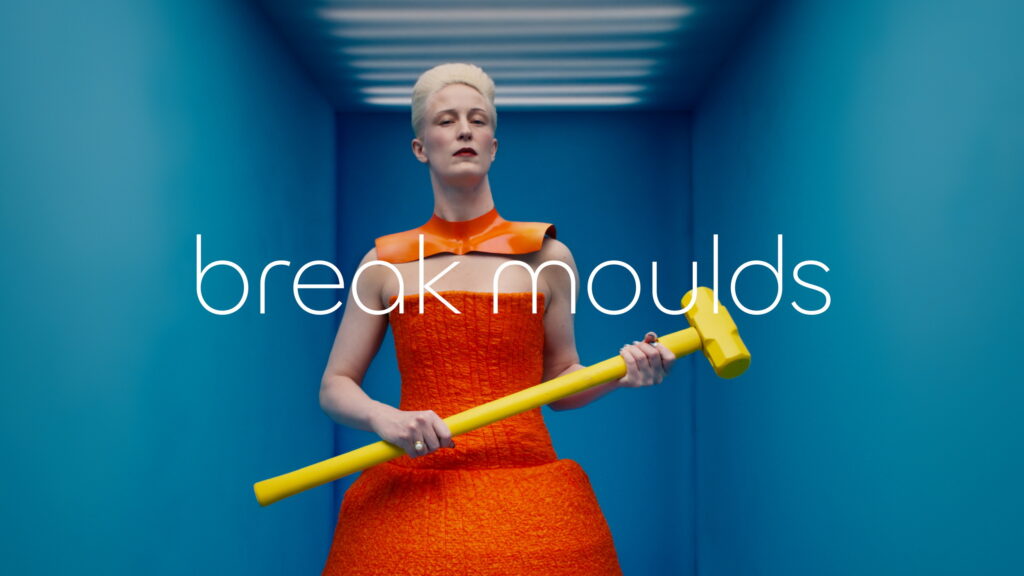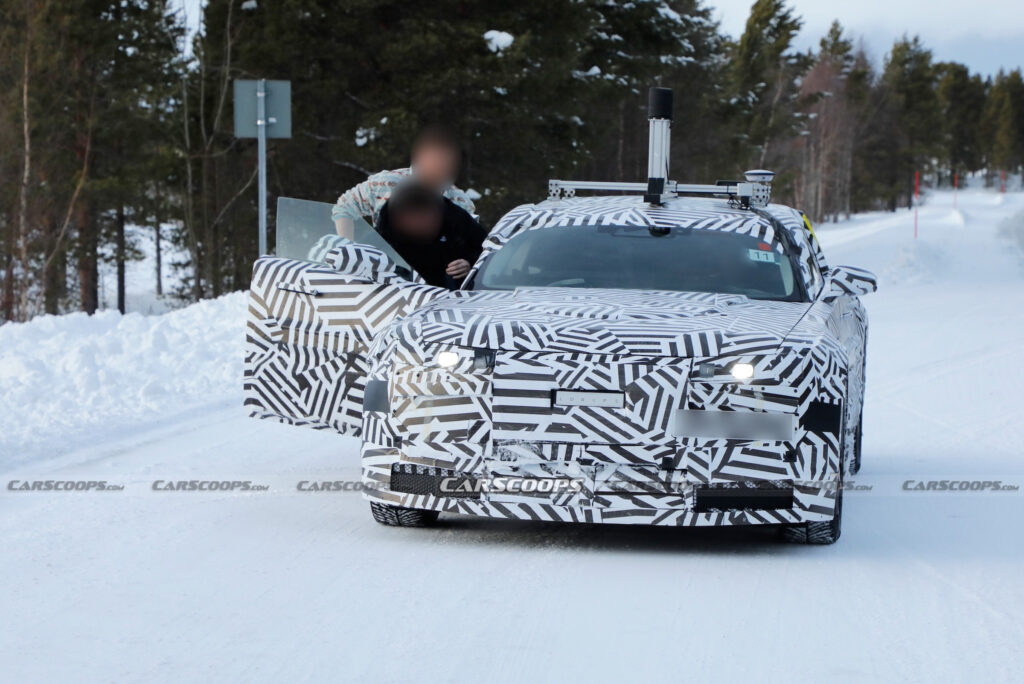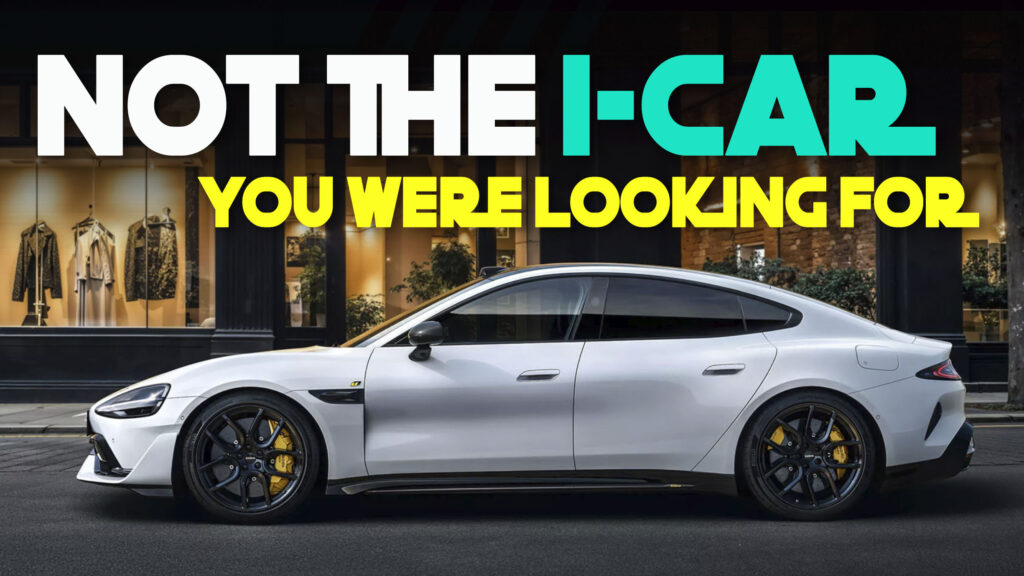Riddara RD6 Review: How Does Geely’s First Electric Pickup Measure Up?
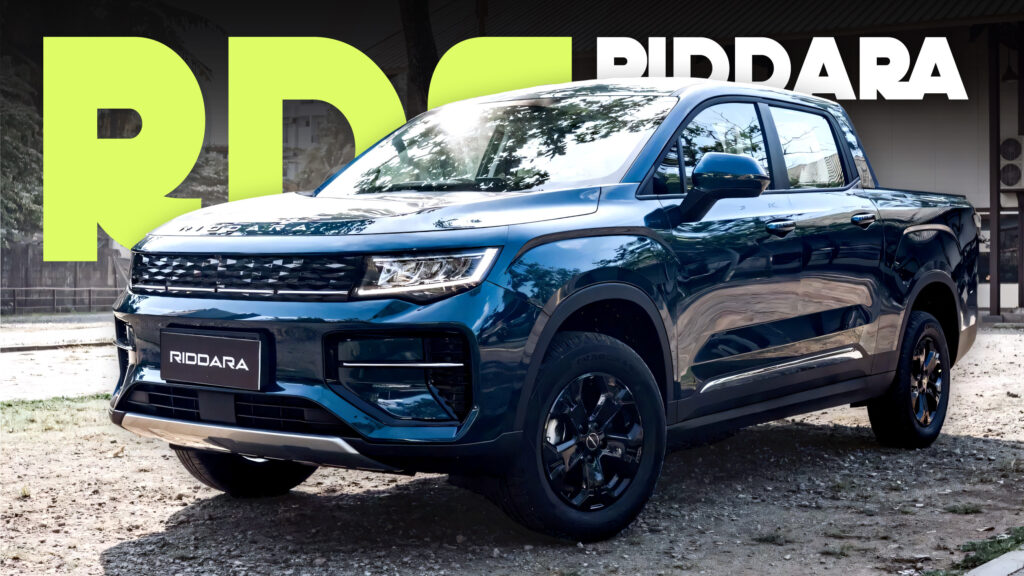
If you’re reading this in the West, you’re probably scratching your head over the Riddara name. And that’s okay, because you’re not alone. This is Geely’s “lifestyle utility brand”, marketed as Radar in China. In case you’re wondering, no, the name wasn’t picked by a blindfolded intern throwing darts at a whiteboard. They were forced to change the name due to a copyright conflict in some markets.
By now, almost everyone is aware that Geely is an automotive behemoth. In addition to its home-grown Geely Auto, Lynk & Co, and Zeekr offerings, it also has Volvo, Polestar, Lotus, Proton, and Smart under its wing. Riddara/Radar then is just another feather in its, rather large, cap.
Read: China’s Radar RD6 Is The Latest Electric Pickup To Beat Tesla Cybertruck To Market
Now that I’ve got you up to speed, you’ll no doubt wonder where exactly this fits in. Well, it comes as no surprise that this is an EV, with China clearly forging ahead in that space. However, while the Cybertruck, F-150 Lightning, and Rivian R1T may dominate the full-size EV pickup market in the US, there’s not much to speak of in the form of a smaller, Toyota Hilux-sized offering.
Measuring 5,260 mm x 1900 x 1880, the RD6 is a compact pickup by American standards. But here in the East, it’s considered a substantially sized truck, with markets in Thailand, Malaysia, and Indonesia lapping up utes like this. The RD6 was designed from the outset to be an EV, meaning there are fewer compromises than one might expect.
QUICK FACTS
| › Model: | Riddara RD6 Air 2WD |
| › Dimensions: | 5,260 mm (207 inches) Length 1,900 mm (74.8 inches) Width 1,880 mm (74.0 inches) Height |
| › Ground Clearance: | 225 mm (8.85 inches) |
| › Motor: | Single Permanent Magnet Synchronous Motor |
| › Output: | 100 kW (134 hp) with 385 Nm (284 lb-ft) of torque |
| › Battery: | 63 kWh |
| › Range: | 373 km / 231 miles (NEDC) |
Exterior: A Pickup for People Who Don’t Want to Yell About It
Those who love their pickup trucks big, brash, and unapologetic will be disappointed with the exterior of the RD6. It has 225 mm of ground clearance and looks just a tad too low to the ground for comfort, but it avoids looking jacked up on steroids, and this slightly car-like stance lends itself to its market positioning. More on that later.
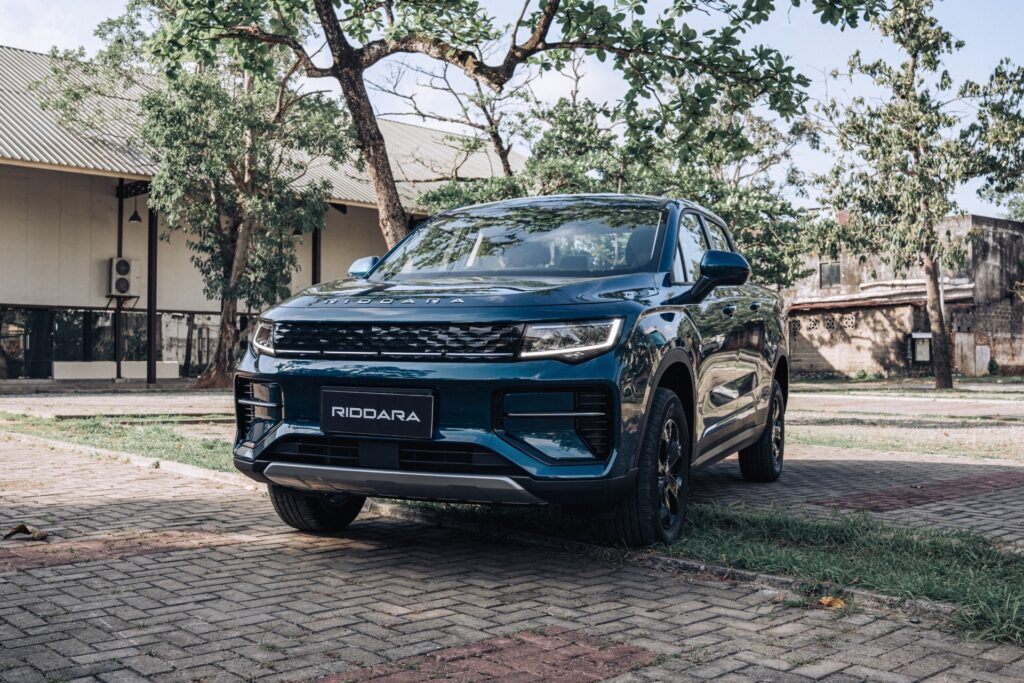
But its softer lines up front shout EV in a way that most pickups, electric or otherwise, don’t. The top half of the nose opts for the traditional battery-powered, grille-less look, opting for a textured plastic panel. There are fake vents towards the lower half, while a clamshell-like hood masks a rather useful frunk with a capacity of 70 liters.
The door mirrors, rather than connecting at the quarter glass, appear to be mounted on stalks. tHEe side profile isn’t totally flat, with a bit of flame surfacing deployed along with swollen arches. This makes our test car look a bit underwhelming, but the large profile sidewall definitely lends itself to ride comfort.
Overall, the Riddara RD6 doesn’t really stand out in traffic. It doesn’t follow the trend of ginormous grilles and towering stances we see on many new pickups keen to capture those macho vibes. Even the newly launched BYD Shark manages to mimic the class’ imposing nature with a much more off-road-centered approach.
Finally, the rear bed measures 1,525 mm long, 1,450 mm wide, and 540 mm high. It’s perfectly adequate but lacks some of the frills you may want, such as power outlets, although better-specced models come with V2L capabilities.
The tailgate release is electric, but aside from the electronic catch, the hinge, the door itself, and the mechanism all feel heavy and sturdy enough to win over the old-school pickup collective. I mention this because with some of the tech-showcasing EVs that have been coming out of China, you’d perhaps expect some over complicated electrically-lowering, damped, and soft-closing tailgate. The RD6 offers just a good old clunky hinged mechanism.
Interior: A Cozy Place, But Don’t Get Too Comfortable
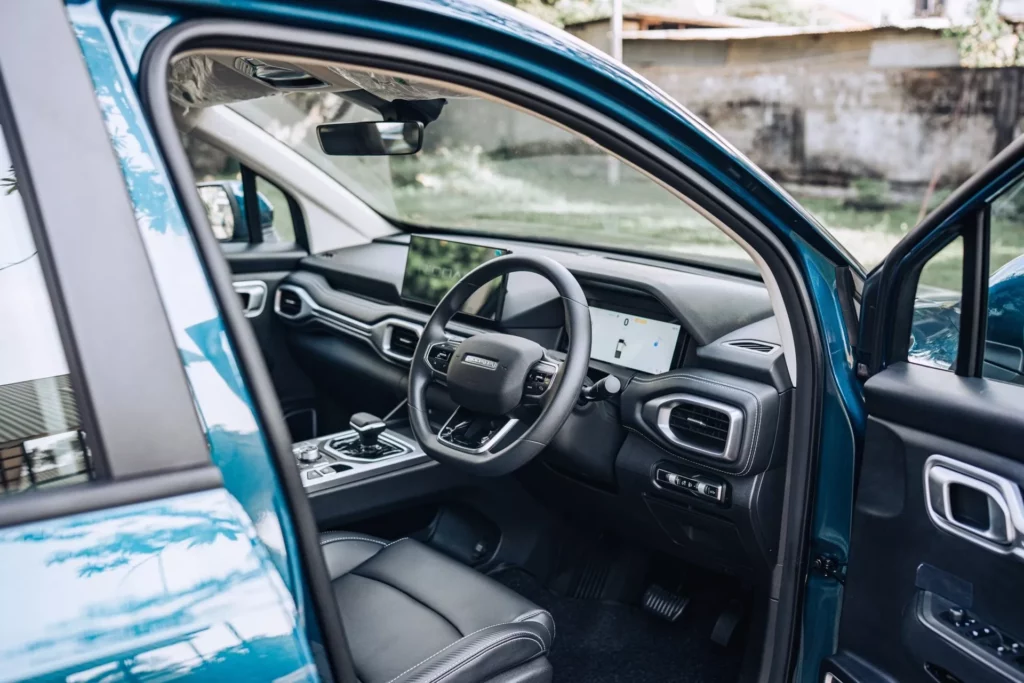
If the exterior is soft, the interior is more so. The entry-level model we got our hands on was fairly basic, with high grades getting nicer materials on the dash and door tops, as well as a larger central screen. The interior isn’t quite hose-down bargain-basement though, with a nice, supposedly, leather-wrapped steering wheel, an electric driver’s seat, and a PM 2.5 air filtration system.
The controls are decently damped with some metal-effect knurling on things like the light switches and multifunction controls on the steering wheel. The plastic of the central console is a little lower rent than the rest of the interior, but there’s a Land Rover-like rotary knob to control Geely’s version of Terrain Response. We couldn’t test it off-road on our brief test drive, but we hope to get our hands on one of the more premium 4WD models for an extended test in the coming months.
See Also: BYD Shark PHEV Pickup Debuts In Mexico, Combines 430+ HP With A Karaoke Machine
The 12.3-inch central screen runs off some form of Android and is quick to respond to inputs. The top-spec Horizon 4×4 gets a usefully bigger 14.6-inch screen. Meanwhile, the drive is presented with a 10.2-inch LCD screen which is clear under various light conditions.
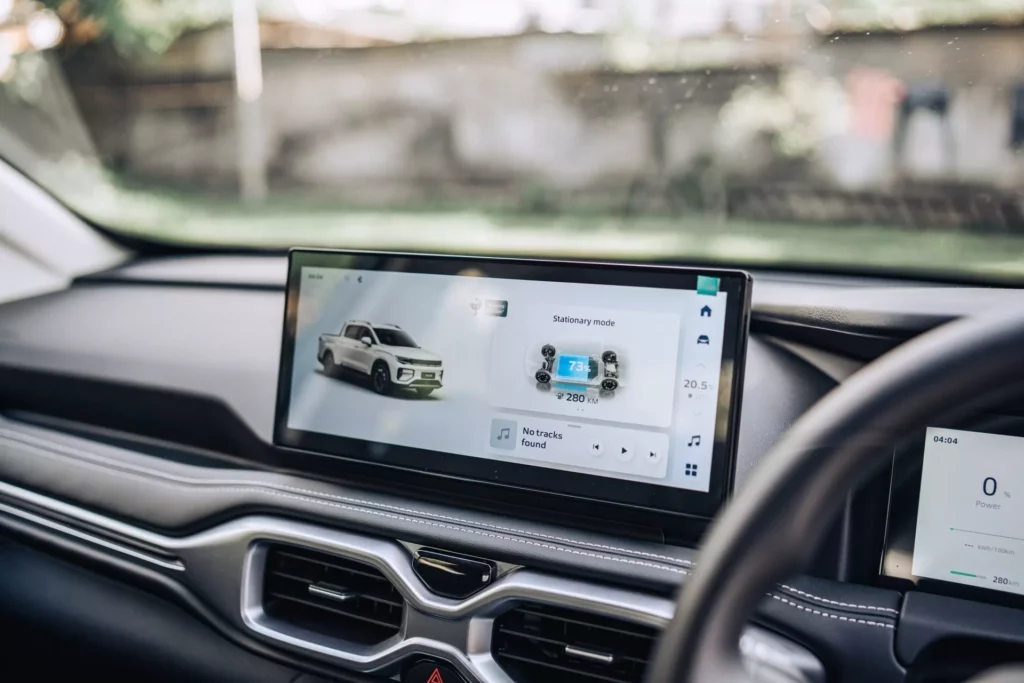
The voice assistant is slow to react, with a good 10–15 seconds of lag between saying a command and the system gathering its thoughts together. But it at least understands basic commands from a wide range of accents and doesn’t have you repeating them line after line.
The rear seats are pleasant, in line with the RD6’s positioning. The low beltline means that even children should be able to see the world fairly unhindered, and there are rear vents for the air conditioning. There’s a useful storage compartment under the rear bench, too, although the angle of the seat backs is a little too upright, which may cause some complaints on longer excursions.
Photos Sam Smith/Carscoops
How Does It Drive? In a Word, Comfortably
The overall feeling when you’re inside is that the Riddara RD6 knocks on the door of SUVs and CUVs, rather than that of full-on pickups like the Ranger. Pickups have come a long way from their utilitarian roots, and it’s fair to say that they’re closer to your traditional car than ever. But even the best examples can have their agricultural moments.
The Riddara RD6 negates all of that, and not just because it’s silent due to it being an EV. And that does catch you off guard. You expect any vehicle with this body shape to be a little rough and tumble behind the wheel, but the RD6 displays a level of refinement beyond the virtue of its drivetrain having few moving parts.
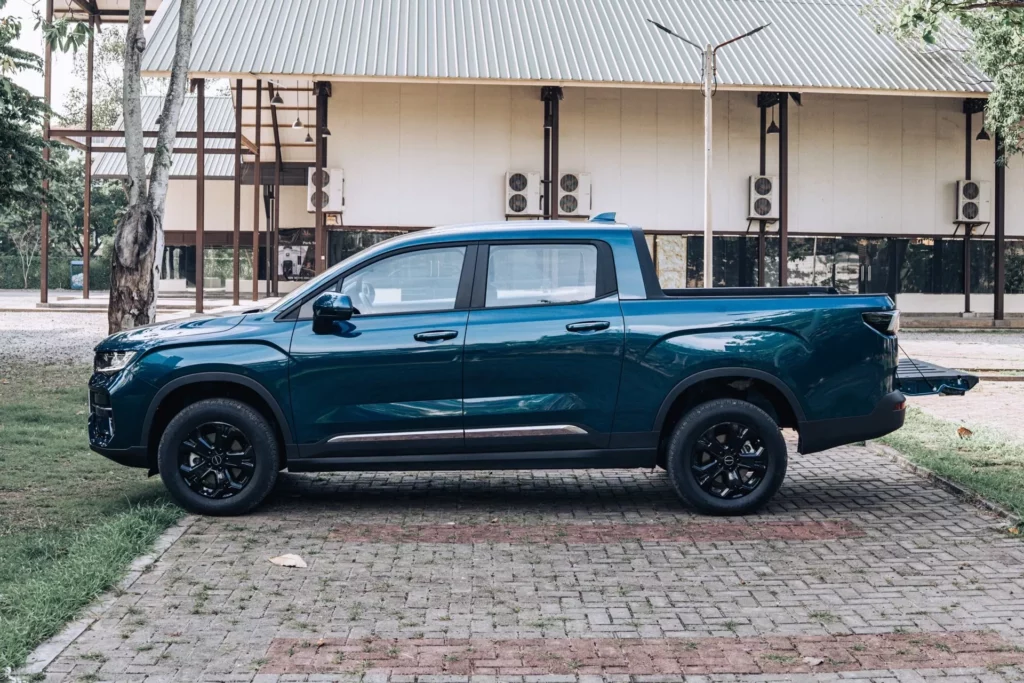
The steering is light, not so much that it feels disconnected from the wheels, but more so than you’d expect from an off-roader. Our tested model with the 100 kW (134 hp0 motor is far from rapid, though, with a 0–62 mph (0-100 km/h) time of 10.4 seconds. This was a market decision – our test unit was specced specifically for Sri Lanka, a country notorious for its punishing taxes on high-powered motors. In contrast, other nations get the option of a model with a combined power of 310 kW (416 HP) with a blistering 0-60 mph (0-96 km/h) sprint in 4.5 seconds.
Top speed is limited to 185 km/h (115 mph), but even at a decent rate of knots the cabin remains hushed, with tire noise being the most prevalent.
The single most significant factor is its comfort – you can mount a curb and it feels second nature. Over expansion joints and rough roads, the ride remains composed and well insulated. While good, this also signals that the RD6 isn’t a “proper” off-roader, as it’s built on a monocoque frame rather than a ladder chassis. Now, if you’re a tradesman looking to do some serious carrying, this will likely not sit well, nor will the coil-sprung rear end. However, as a family runabout with some added practicality, the RD6 makes perfect sense.
And to be honest, it’s hard to see hardcore users giving up their ICE-powered trucks just yet. Better for Riddara to capture passenger-focused buyers who are looking for refinement first than a “power” user who’s less likely to switch just yet.
The EV Part: A Little Range, But It’ll Do
Our tester was the entry-level two-wheel drive “Air” model with a 63kwh battery and 100 kW motor with 385 Nm of torque. As we only had the truck for a day, we couldn’t do a real-world test on the claimed range, but on the NEDC standard, the RD6 we drove is rated at 373 km (231 miles). That’s not great. Opt for the 73 kWh battery of the “Pro” and you’ll get a substantially improved 461km (286 miles).
The 4WD “Horizon” sports the same 73 kWh battery, but an added motor brings the torque up to 595 Nm. However, the range drops to 424 km (263 miles), as does the 0–62 mph time, which is rated at 10.9 seconds.
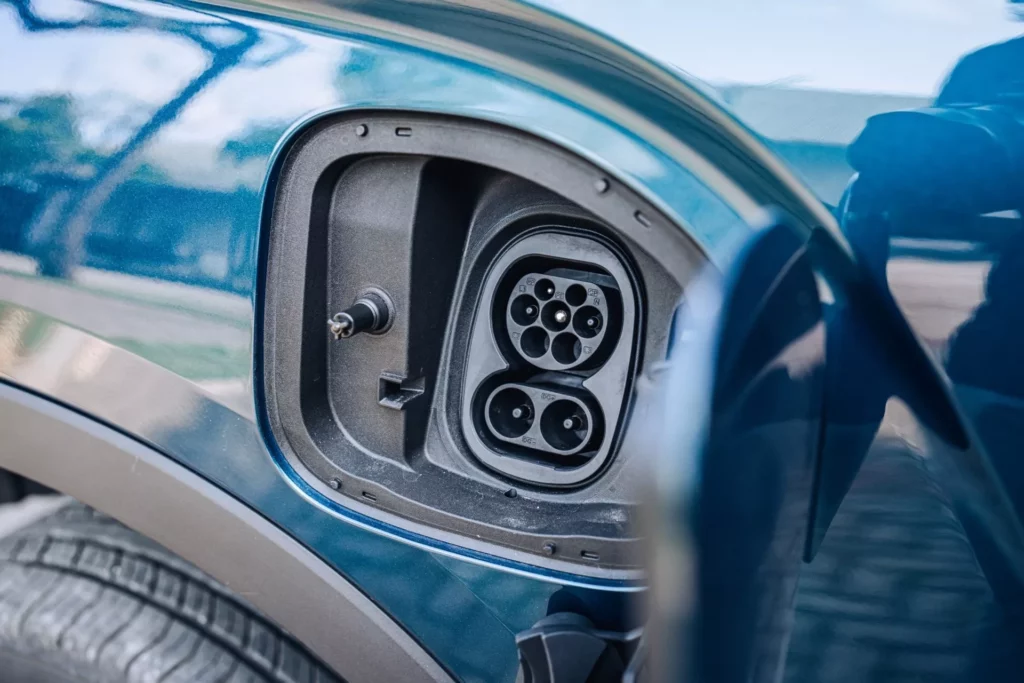
The Riddara RD6 can reportedly be DC fast-charged from 30 to 80 percent in 48 minutes, whereas the standard wall-mounted home charger included in the purchase will take 7.8 hours at 6.6 kW for the 63 KWh battery and 9.3 hours for the 73 kWh battery.
Final Thoughts
The Riddara RD6, then, is a surprisingly refined offering from Geely. It does the basics well but doesn’t quite challenge the established range of small pickups in the way you may expect. Instead, it offers itself as a good alternative to first-time pickup buyers or those wanting to experience an electrified alternative to an SUV,
It’s also a brand that aims to make strides in the future. With Geely’s backing and the evident tech sharing across the brands, Riddara could well be an off-road establishment challenger.


